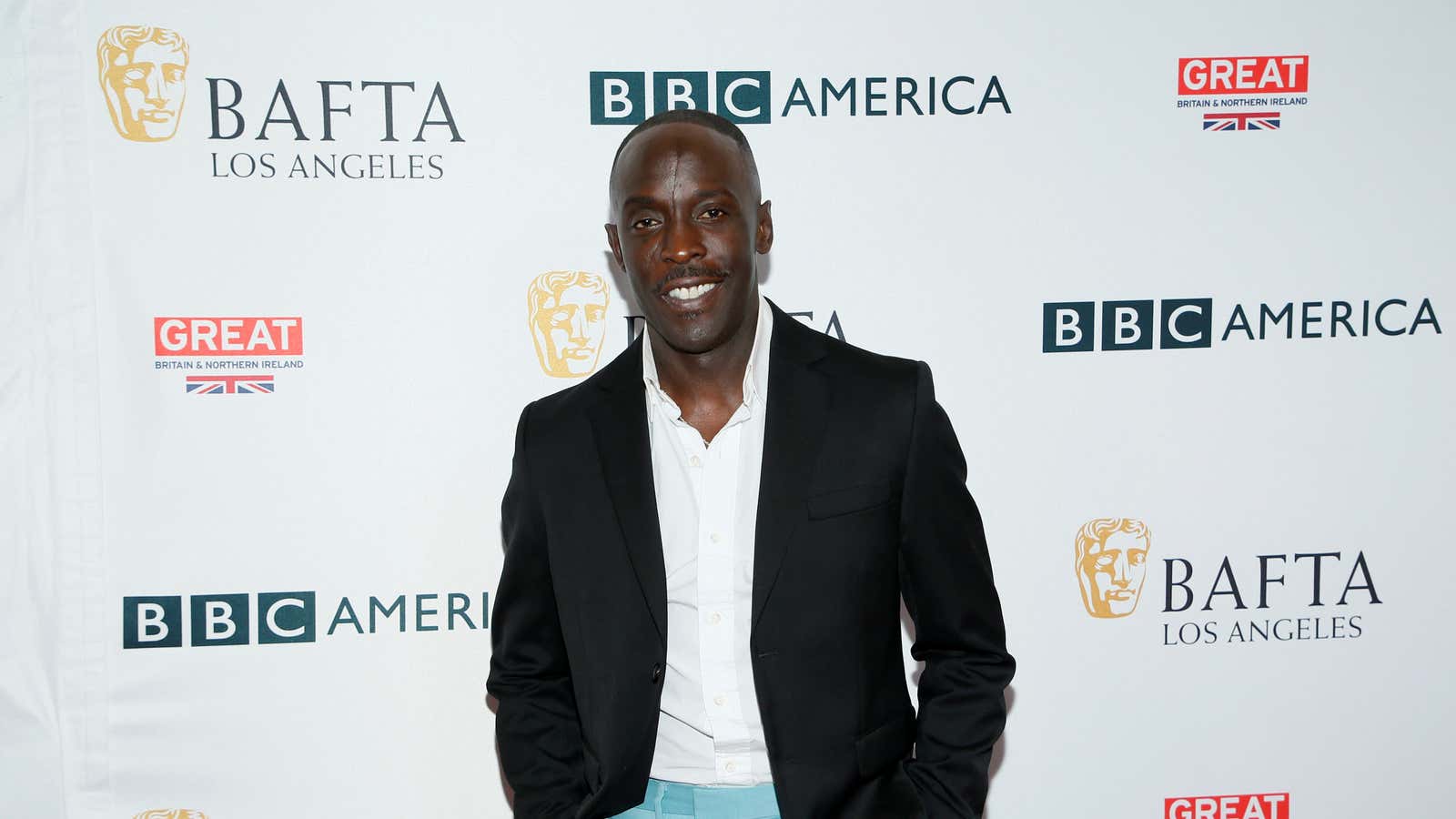Michael K. Williams, the 54-year-old American actor who rose to fame for his role of Omar Little in the 2000s TV show The Wire, was found dead yesterday. The police is investigating his death as a possible opioid overdose.
Through the years, Williams had spoken openly about his struggle with opioid addiction, sharing the difficulties of sobriety and the lingering risk of relapse.
The epidemic of opioid addiction has overwhelmingly affected white communities, in part because prejudicial ideas about Black patients’ higher threshold for pain made doctors less inclined to prescribe opioid medications for them—which in turn led to lower addiction rates.
Opioid abuse among Black Americans
But things have been changing in the past few years, and opioid overdose deaths are rising fast among Black Americans. In 2015, opioid overdoses accounted for 6.6 deaths every 100,000 among Black people; in 2019, the last year for which comprehensive data is available, they accounted for 17.1 of them.
The increase in opioid deaths in the Black community is especially striking when compared to the trend for white people. While overdose deaths among whites occurred at more than twice the rate as Blacks as recently as 2015, the rates are now close (17.1 for Black people, 19 for white) and they have been decreasing for whites since 2017, while rising steeply for Blacks. Overall, nearly 5,000 more Black people died of an opioid overdose in 2019—7,500 in total— than they had in 2015.
Michael K. Williams’s struggle with addiction
Williams was candid about his addiction, describing how he spent his earning from The Wire on drugs. “I was playing with fire,” Williams told NJ.com in 2012. “It was just a matter of time before I got caught and my business ended up on the cover of a tabloid or I went to jail or, worse, I ended up dead. When I look back on it now, I don’t know how I didn’t end up in a body bag.”
While we don’t know the details about William’s death, and what, if anything, caused a relapse, Covid-19—and the isolation and distress it caused—led many who struggle with addiction to begin using drugs again, reversing much of the progress that had been made in reducing the opioid epidemic. Data for the full year isn’t yet available, but in the first nine months of 2020, the rates of opioid deaths climbed to the highest levels ever. The biggest increase has been among Black and Native Americans, who now had the highest death rates in the first nine months of 2020, several points above white victims.
